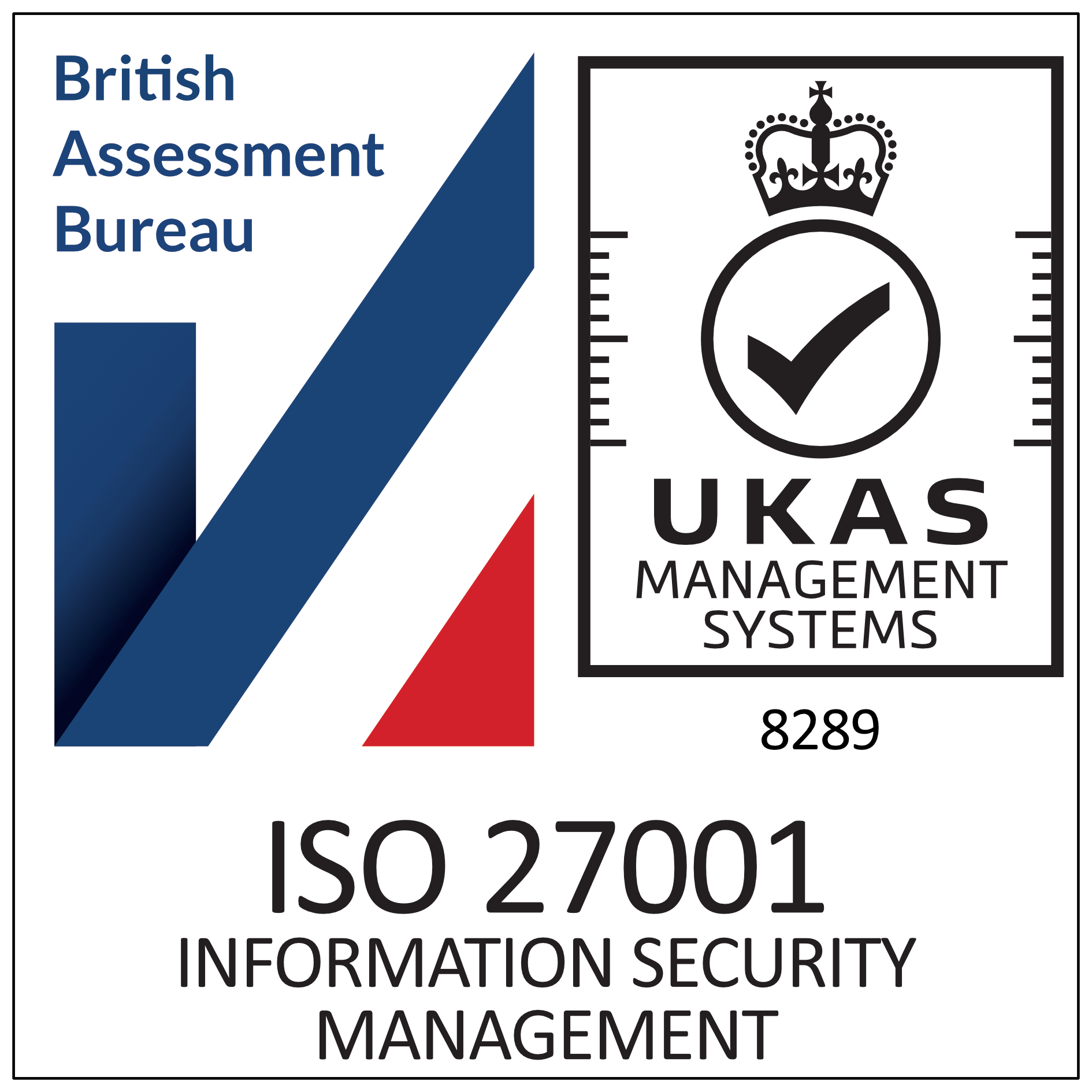Legal Standards on Damp and Mould
Both private and social landlords have a fundamental obligation to ensure that the properties they let meet specific legal standards designed to safeguard the health, safety, and well-being of tenants, some of these standards include:
- The Housing Health and Safety Rating System (HHSRS) assesses the condition of a property in terms of its potential risks to the health and safety of tenants. Landlords must ensure that their properties meet basic health and safety standards, and if a property is found to pose serious risks, the local council may take enforcement action.
- The Landlord and Tenant Act 1985 requires landlords to ensure that rented properties are maintained in good repair and that they are fit for habitation. It sets out statutory obligations for landlords to make necessary repairs, including those related to the structure, plumbing, heating and electrical systems of the property.
- The Homes (Fitness for Human Habitation) Act 2018 ensures that properties are kept in a state that is free from serious hazards and are habitable. It sets out that the property must be safe, secure, and free from factors that would endanger the health or well-being of tenants.
- The Energy Efficiency (Private Rented Property) (England and Wales) Regulations 2015 require landlords to ensure that their rental properties meet a minimum energy performance standard. Specifically, properties must have an Energy Performance Certificate (EPC) rating of E or above, unless they are exempt. If a landlord's property fails below the required standard, they carry out the necessary improvements or face financial penalties. The regulations also set out obligations for landlords to provide information to tenants regarding the energy performance of the property. These standards will be changing in the upcoming years and landlords will be expected to ensure their properties have a minimum EPC rating of C by 2028.
- The Decent Homes Standard is a set out guidelines originally introduced by the government for social housing providers but residential landlords should be aware as this will be progressed into the private rented sector. The Standard is designed to ensure that homes are safe, warm, and in good condition.
Adherence to these legal requirements is crucial not only for the protection of tenants but also to prevent legal disputes and penalties for non-compliance. Failure to comply with these various legal standards can result in a range of penalties, from financial fines to criminal prosecution in severe cases.
Landlords should refer to the Damp and Mould Guidance Note use the Checklist for Residential Landlords to assist in pre-tenancy compliance.


